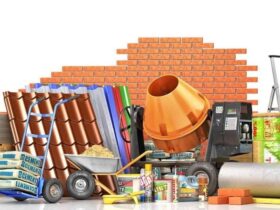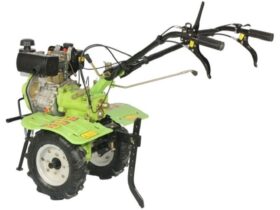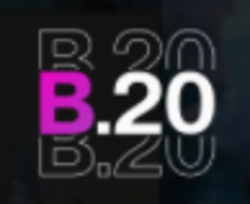Diamond tools are designed for drilling and cutting hard surfaces (e.g. brick and concrete walls). Holes in these surfaces are created for different purposes, in particular for removing hidden communications or expanding doorways, as well as for creating niches and other works. If you hire someone to perform these works (you can read about these services on this site), you will not have to use the saw yourself, and therefore, think about its safety too. But if you do the work yourself, then this article is for you..
The life and efficiency of diamond tools varies greatly depending on the material being cut, the amount of lubricant used, the tools used and the technique of the operator. To maximize the life of your saw, the following important notes should always be followed..
Always use plenty of water when using a diamond saw or drill. The water is used to cool and rinse off any resulting slurry. The point of contact between the cutting surface and the tools should always be damp and the tip should never be hot. If the tip is more than just warm, this usually indicates too little lubrication (or possibly too high a speed or pressure). Water reduces heat build-up, prolongs saw drill life and helps avoid thermal cracks in the material. Minimal lubrication will prevent the tool from burning, but very good lubrication methods will extend the life of the saw by a factor of five or more. Also note that oil based lube oils do not work well on diamond saw blades.
When drilling holes with a diamond saw or drill, ALWAYS use the correct technique. This includes: relieving pressure in the cutting surface or hole and then pulling out of the cut hole to allow water to enter the cut (every 15-20 seconds or so). The water will rinse out the slurry that has been generated and will be responsible for keeping the contact point between the cut surface and the diamond tool lubricated. Without this technique, water will not reach the very end of the instrument..
Since all materials differ in hardness and abrasiveness, it is impossible to determine exact drilling speeds. It is recommended that users follow the recommended drilling speed or go even slower if they are unsure of the material to be cut. Faster drilling speed or higher pressure can shorten cutting time slightly, but it will also significantly increase tool friction and heating. This will significantly shorten the tool life and increase the risk of fractures and material fracture. If yellow, brown, blue, or black “burn marks” develop around the tip, this is an indicator of a high fever. This indicates that the drilling speed is too high or you are applying too much pressure on the drill..
In diamond cutting, it is very important to have a light-to-medium pressure on the drill and let the tool “drill at its own speed”. Increasing the pressure will not speed up the cut noticeably much, but it will significantly increase friction and quickly lead to overheating. This not only burns the tool, but also heats up the surrounding surface and can cause fractures or material breakage. If the hole is drilled all the way through a piece of material, it is important to relieve the pressure significantly when you reach the back of the material. This will reduce chipping or cracking at the back of the material as the tool passes through it..
Since speed is an important factor when it comes to diamond cutting drilling, it is recommended to use a variable speed tool.
The life of any type of diamond tool depends on the hardness, abrasiveness and thickness of the material being cut and the specific drilling / cutting methods (drilling speed, pressure and lubrication). By using the strategies listed above, the user can significantly extend the life of their diamond saw drill. It should also be noted that with these rules, in some very hard rocks and tiles, it may take 2-3 minutes to drill only 14 thicknesses. This is fine. Worth enduring.


















Оставить коммент.